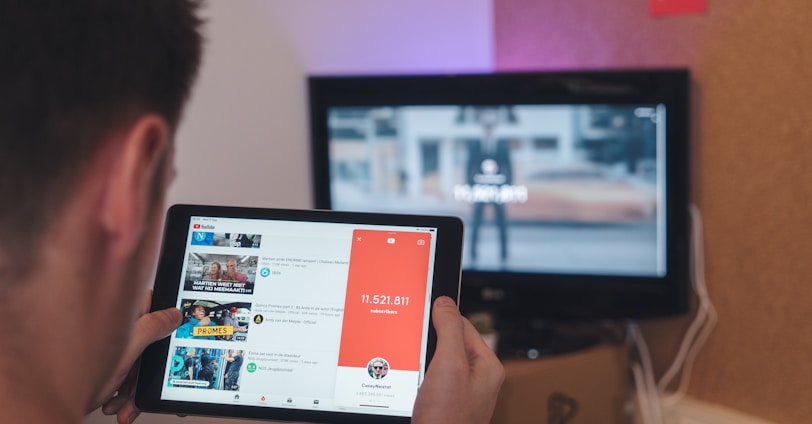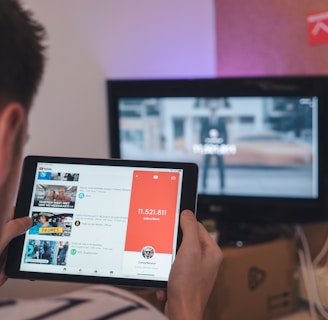Media and Information Literacy. (MIL).
Media and Information Literacy (MIL) refers to the ability to access, evaluate, analyze, and create media content across various forms of communication. It involves critical thinking skills, understanding how media messages are constructed, and being able to navigate the vast amount of information available.
COMMUNICATION
1/2/20242 min read


Media and Information Literacy. (MIL).
Media and Information Literacy (MIL) refers to the ability to access, evaluate, analyze, and create media content across various forms of communication. It involves critical thinking skills, understanding how media messages are constructed, and being able to navigate the vast amount of information available. MIL helps individuals to become informed and responsible consumers and producers of media content, enabling them to discern credible sources, avoid misinformation, and effectively communicate in today's digital world.
Media and Information Literacy (MIL) has been a collaborative effort involving various educational institutions, governments, media organizations, and non-governmental organizations (NGOs) around the world. It doesn't have a single originator or a specific entity that introduced it. However, UNESCO (United Nations Educational, Scientific and Cultural Organization) has been a significant advocate for promoting MIL globally. UNESCO has played a pivotal role in raising awareness, advocating for policies, and developing frameworks to advance Media and Information Literacy as an essential skill set for the 21st century. Many countries and organizations have also developed their own MIL initiatives and programs tailored to their specific needs and contexts.
Key points of Media and Information Literacy (MIL).
Key points of Media and Information Literacy (MIL) include:
Critical Thinking:
MIL encourages critical thinking skills to evaluate and analyze media content and information critically.
Access and Retrieval:
It focuses on the ability to access, retrieve, and navigate through various media formats and sources.
Evaluation and Analysis:
MIL teaches individuals to assess the credibility, reliability, and quality of information and media content.
Creation and Production:
It emphasizes the ability to create and produce media content, fostering active participation in media creation.
Ethical Use:
MIL promotes responsible and ethical use of information, respecting intellectual property rights and understanding digital citizenship.
Awareness of Media Influence:
Understanding how media shapes perceptions, opinions, and behaviors is a crucial aspect of MIL.
Information Sharing:
MIL emphasizes effective communication and responsible sharing of information and media content.
Adaptability:
Given the rapidly evolving nature of media and technology, MIL emphasizes the need for continuous learning and adaptation to new information and media landscapes.
Summary.
Media and Information Literacy (MIL) is an essential skill set in today's digital world, enabling individuals to navigate the vast and complex landscape of media and information. It encompasses the ability to access, critically evaluate, analyze, and create media content across various platforms. MIL empowers individuals to make informed decisions, distinguish between credible and misleading information, and become responsible consumers and producers of media. In an era where information is abundant and diverse, MIL plays a crucial role in fostering critical thinking, ethical use of information, and active engagement with media to thrive in a rapidly evolving information society.
© 2025 Copyright Amna Sadaf
